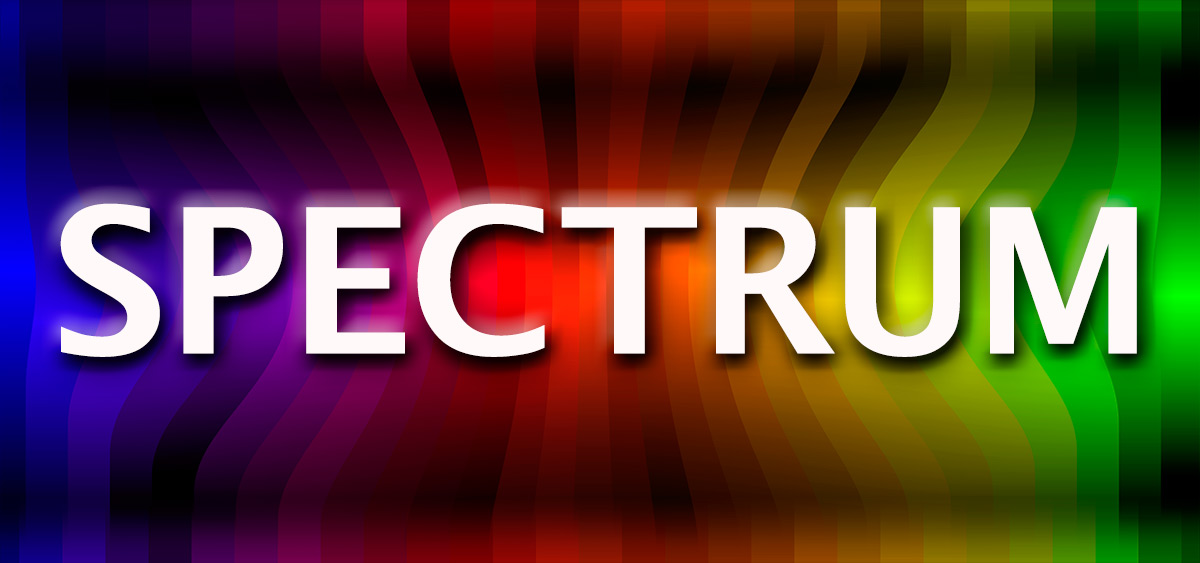Communiqué

Blackface and Other Racist Symbols Still Plague Our 21st Century Society
< < Back to Audio PlayerDespite advances in civil rights in our country’s history, our society, in the 21st Century, is still plagued by racist symbols such as “blackface” and other racial stereotyping.
It has been recently brought to the public’s attention through the publication of a blackface photo involving the Governor of Virginia and the admission by that State’s Attorney General that he appeared in blackface while in college in the 1980’s.
Such denigration has continued in various forms to allow Caucasians to feel superior to other races and especially African-Americans, says Dr. Akil Houston, Associate Professor of Cultural and Media Studies at Ohio University.
Dr. Houston focuses his scholarship on the fields of Africology/African-American, Cinema, Cultural, and Gender Studies. He believes that pop culture is a fertile source for the study of ideologies and racial stereotyping. Additionally, Hip-hop is one of his scholarly interests.
He traces the history of “blackface” and other racist symbols and stereotypes that still prevail in our society. He has written a text about the topic – “Beyond Blackface: Africana Images in US Media.”
He notes that blackface originally started in the north in ghetto neighborhoods shared by poor Irish and African Americans. Although it did not begin as totally disrespectful, the practice quickly became racist and a way for whites to exaggerate and mock alleged racial stereotypes of African Americans.
It was perpetuated by the rise in popularity of Minstrel Shows and the blackface performer Al Jolson, who starred in blackface in the early “talky” movie “The Jazz Singer.”
The early radio program “Amos and Andy” was exceedingly popular. However, it was about a black neighborhood and its allegedly stereotypical residents. The roles were played on radio by white men mimicking being black. It was a form of “audio blackface.”
Blackface seemed to be disdained in the 1960’s and 1970’s as a result of the Civil Rights Movement but made a comeback in the 1980’s on college campuses as affirmative action sought to bring more African Americans and other racial minorities to campus.
Even after its long history of being a racist act and symbol, about one-third of Americans surveyed recently by the Pew Research Center found nothing wrong with whites using blackface at Halloween. This survey was done before the news broke in Virginia. http://www.pewresearch.org/fact-tank/2019/02/11/about-a-third-of-americans-say-blackface-in-a-halloween-costume-is-acceptable-at-least-sometimes/

